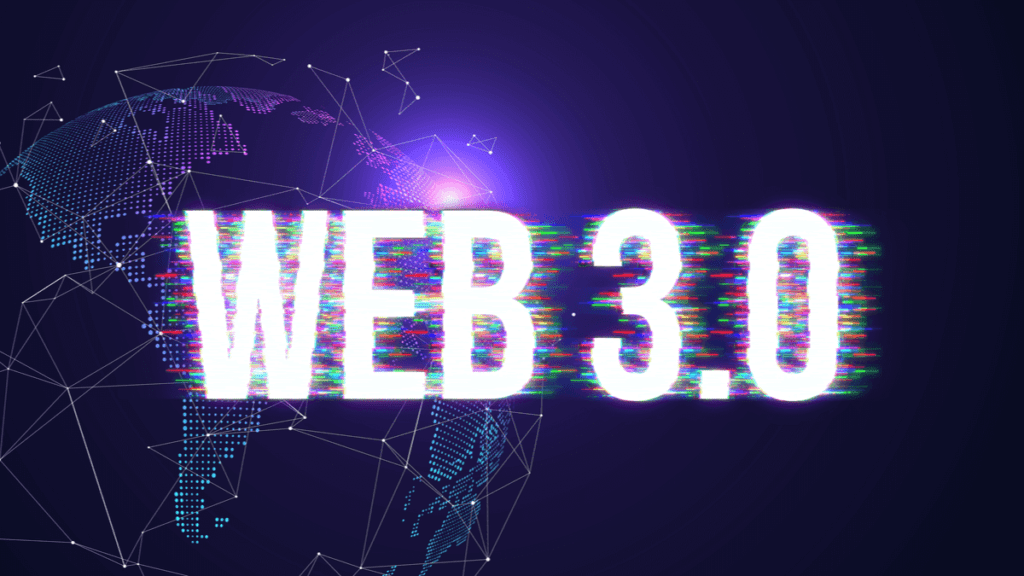
Web 3, as we have covered in previous articles, is essentially a blockchain-based internet. It adds the dimension of ownership and decentralization to the internet that we already know, but more importantly, it is an internet that is readable and navigable by a machine, and it is a whole new frontier.
What is, in essence, the wild west of the internet is bound to attract all kinds of black, white, and grey hats to come out to play as pioneers, artists, developers, entrepreneurs, and techies of all sorts stake their claim.
Web 3, in terms of data and functionality, will be vaster, atomized, and decentralized than anything we have known before, and the types of cyber threats that it brings will need to be dealt with accordingly.
The lack of intermediaries, the decentralized nature, and the sheer amount of data whizzing about Web 3 will make it impossible to tackle without machine learning and artificial intelligence deployed on blockchain networks.
With that said, what kinds of Web 3 cyber threats should we watch out for in the coming years as the third generation of the internet comes into shape?
In a fully decentralized system, who does the security checks? The very nature of web 3 means that no one entity can control the ins and outs of data exchange, as we see with today’s tech giants. And if a user does get hacked, they can refer to that centralized entity for recovery.
Web 3 cyber threats by nature, though the user has control over their data, leave them on their own in case of a breach. Legal protection might be there, and all interaction on a given blockchain is transparent, but the user may not identify their assailant.
Smart contract logic can also be used to devastating effect when the writers are anonymous. On top of that, how can one tell what laws apply to a decentralized system that interacts globally?
There are also the scams known as “rug pulls,” in which crypto or NFT project developer simply abandons the project and run away with the investors’ money.
One can argue that this is purely their users’ responsibility, much like with phishing scams. No one can protect you from yourself, and in a truly decentralized system, Web 3 cyber threats leave you alone in the dark.
Much remains to be seen in our brave new virtual world, but the arms race continues, and good honest developers evolve alongside the dark actors. With the coming of artificial intelligence and machine learning, cybersecurity experts can better accommodate the free-for-all that is Web 3.